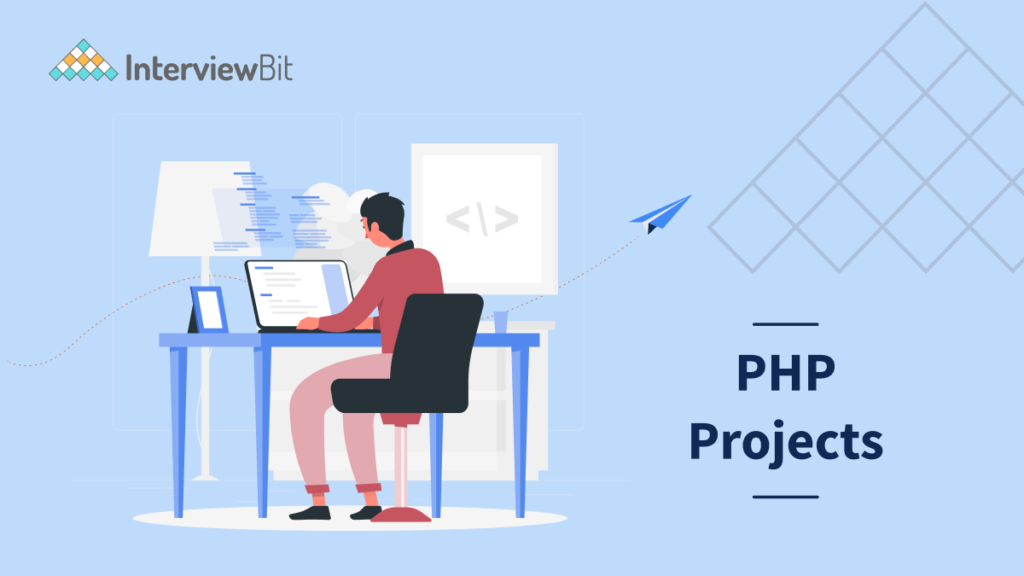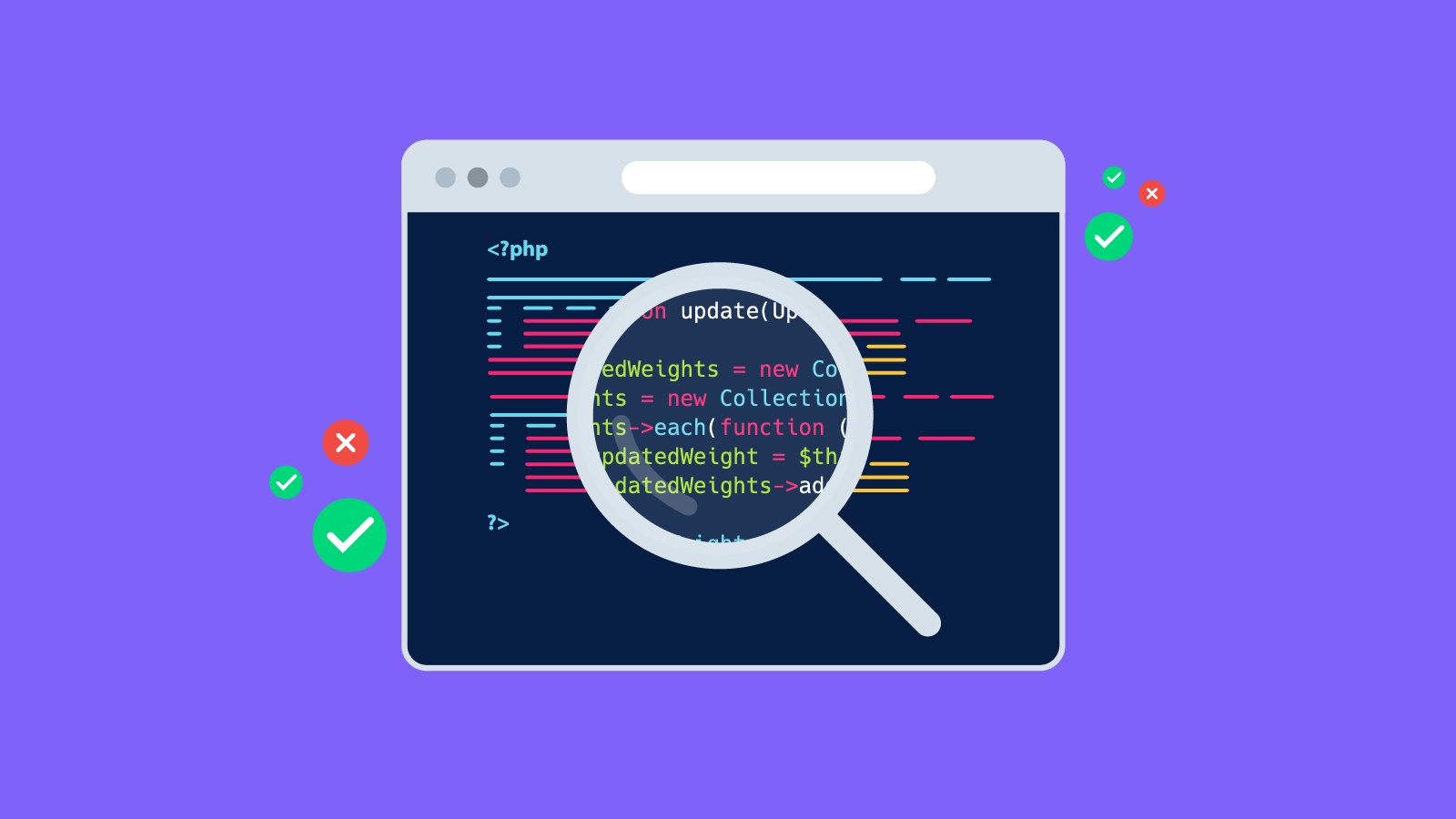AUTHOR : HANIYA SMITH
DATE : 19/10/2023
In today’s digital age, the seamless integration of payment gateways into websites and applications is crucial for businesses. Whether you’re running an e-commerce store, a subscription-based service, or any online platform that involves transactions, having a secure and efficient payment gateway is a must. This article aims to guide you through the process of payment gateway integration in PHP, providing you with valuable insights, tips, and, most importantly, the source code you need to get started.
Introduction
Payment gateway integration is the process of connecting your website or application to a payment processor to facilitate secure and convenient online transactions. In this article, we will explore how to integrate a payment gateway into your PHP-based project, providing a step-by-step guide and downloadable source code.
What is a Payment Gateway?
A payment gateway is a software application that acts as an intermediary between your website or application and the financial institution that processes payment transactions. It plays a pivotal role in securely transmitting payment data, authorizing transactions, and ensuring that your customers’ financial information remains confidential.
The Importance of Payment Gateway Integration
Integrating a payment gateway is essential for various reasons. It enhances the user experience, improves transaction security, and allows your business to accept payments online, thereby expanding your customer base and revenue.
Prerequisites for Integration

Before we embark on the journey of integration, let’s take a moment to review the essential prerequisites. You should have working knowledge of PHP and a code editor installed. Additionally, you’ll need access to a payment gateway provider and also the relevant API credentials.
Choosing the Right Payment Gateway
Choosing the most appropriate payment gateway is a pivotal decision. Consider factors such as transaction fees, supported payment methods, geographical coverage, and also developer friendliness when making your choice.
Setting Up Your Development Environment
To ensure a smooth integration process, you need to set up your development environment correctly. We’ll guide you through this step to ensure you have everything in place.[1]
Creating a PHP Project
Begin by creating a PHP project in your chosen code editor. This project will serve as the foundation for your payment gateway integration.

Installing Required Dependencies
Integrating a payment gateway often requires specific libraries or SDKs. We’ll walk you through the process of installing the necessary dependencies for your PHP project.
Implementing the Payment Gateway
Now comes the heart of the integration process. We’ll provide you with the source code and a step-by-step guide to implement the payment gateway into your PHP project.
Testing Your Integration
Before going live, it’s crucial to thoroughly test your payment gateway [2]integration. We’ll cover best practices for testing, including simulating successful and failed transactions.
Handling Transaction Responses also
Understanding how to handle transaction responses is essential. We’ll guide you on how to process the responses from the payment gateway and update your database accordingly.
Security Measures

Security is of paramount importance when dealing with financial transactions. We’ll discuss the security measures you need to implement to protect your customers’ data.
Error Handling also
No integration process is without its challenges. We’ll show you how to handle errors and provide solutions for common issues that may arise during integration.
Going Live: From Testing to Production
Once you are satisfied with the testing phase, we’ll explain how to transition from a testing environment to a production environment seamlessly.[3]
Maintenance and Updates also
Payment gateway integration is not a one-and-done process. To ensure the continued smooth operation of your online transactions, it’s vital to keep your integration up to date. Regularly check for updates from your payment gateway provider, as they might release new features, bug fixes, and security enhancements. Implementing these updates promptly can help you stay ahead of potential issues.
Monitoring and Analytics also
Once your payment gateway integration is live, monitoring and also analytics become indispensable tools. By tracking transaction data, you can gain valuable insights into customer behavior and transaction patterns. This data can be used to optimize your checkout process and improve the overall user experience.
Mobile Responsiveness

In an era where mobile devices dominate online transactions, ensuring that your payment gateway is mobile-responsive is crucial. Your customers should have a seamless experience whether they are using a desktop computer, a tablet, or a smartphone. Test your integration on various devices to guarantee a consistent and also user-friendly interface.
Conclusion
In conclusion, integrating a payment gateway in PHP can be a game-changer [4]for your online business. This article has equipped you with the knowledge and also source code to get started. Embrace the power of online transactions and enhance your customer experience
Frequently Asked Questions
1. Which payment gateway is the best for PHP integration?
- The choice of payment gateway depends on your specific needs. Popular options include PayPal, Stripe, and Authorize.Net. Evaluate the features, fees, and also compatibility with PHP to make an informed decision.
2. Is payment gateway integration in PHP secure?
- Yes, it can be very secure if you follow best practices. Ensure data encryption, use secure connections (HTTPS), and also regularly update your integration to address security vulnerabilities.
3. Can I integrate multiple payment gateways into my PHP project?
- Yes, it is possible to integrate multiple payment gateways into your project. However, it can be complex and may require additional development efforts.
4. How long does it take to integrate a payment gateway into a PHP website?
- The time required for integration varies depending on the complexity of your project and also your familiarity with the payment gateway. It can take a few days to a few weeks.
5. Is it necessary to test the payment gateway integration thoroughly?
- Yes, testing is crucial to identify and resolve any issues before going live. Thorough testing ensures a smooth and error-free payment process for your customers.





